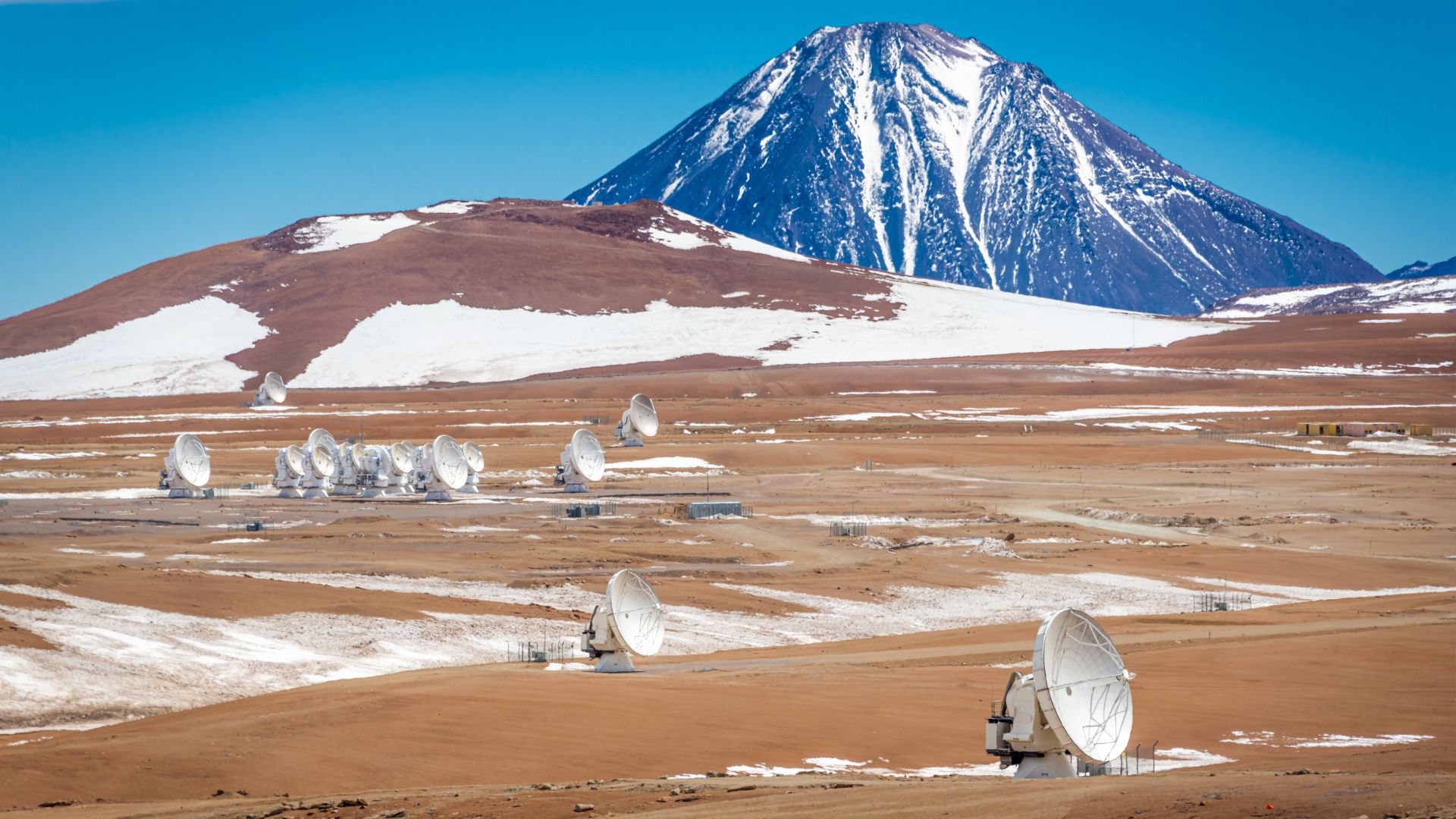High in Chile’s Atacama Desert, one of the driest and most remote places on Earth, sits the Atacama Large Millimeter/submillimeter Array (ALMA). Operated by the European Southern Observatory (ESO) and its international partners, ALMA is not a…
Category: 7. Science
-
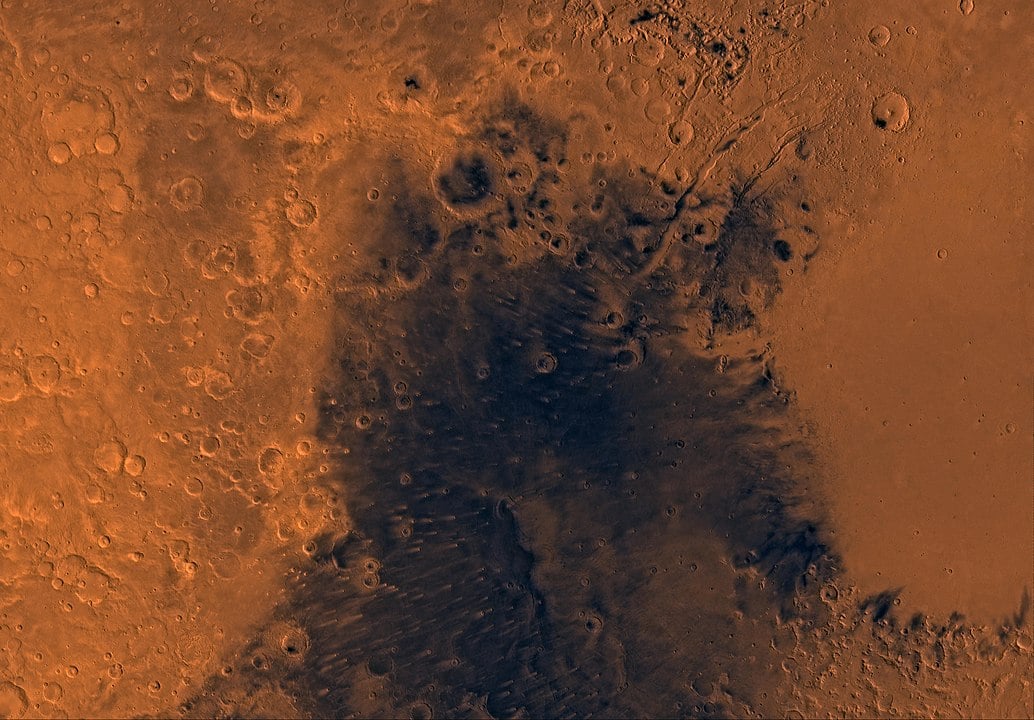
When Fire Brought Ice to Mars
Between 4.1 and 3 billion years ago, Mars was volcanically active. Massive eruptions existed across the planet’s surface, throwing material and gases high into the thin Martian atmosphere. A new study uses climate modelling to explore…
Continue Reading
-

Cambridge breakthrough could revolutionize solar energy with new material
Researchers at the University of Cambridge have achieved a scientific breakthrough that could transform solar energy technology through the discovery of a revolutionary organic material. The innovation enables near-perfect conversion of light…
Continue Reading
-
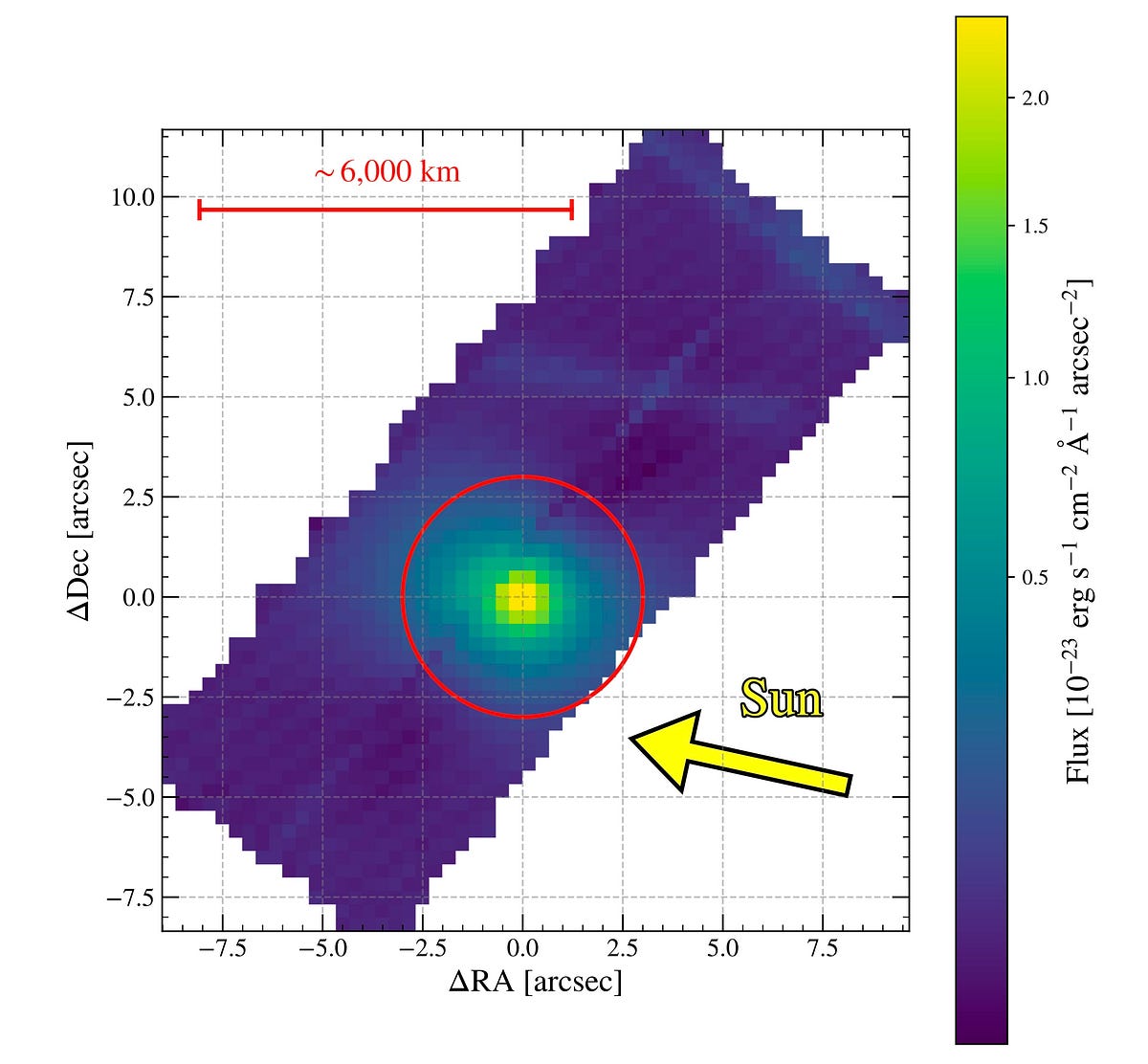
New Images of Nickel and Cyanide Around 3I/ATLAS from the Keck Telescope | by Avi Loeb | Oct, 2025
Press enter or click to view image in full sizeAn image of 3I/ATLAS on August 24, 2025, taken by the Keck Cosmic Web Imager (KCWI) on the Keck II telescope in Hawaii at the wavelength range of 0.3425 to 0.55 micrometers. The yellow arrow points… Continue Reading
-
El Niño Is Driving Insect Declines In Tropics – Asian Scientist Magazine
AsianScientist (Oct. 15, 2025) – Arthropods such as insects and spiders play a critical role in ecosystems. Though small in size, they carry out crucial ecosystem functions like decomposition and pollination, while serving as a food…
Continue Reading
-

X-Rays Reveal Betelgeuse’s Companion Is Something Astronomers Didn’t Expect : ScienceAlert
The small, furtive companion of one of the brightest stars in Earth’s night sky has just turned out to be something no one suspected.
Instead of being the kind of object astronomers expected to find orbiting mega-weirdo Betelgeuse, the binary…
Continue Reading
-
Just a moment…
Just a moment… This request seems a bit unusual, so we need to confirm that you’re human. Please press and hold the button until it turns completely green. Thank you for your cooperation!
Continue Reading
-
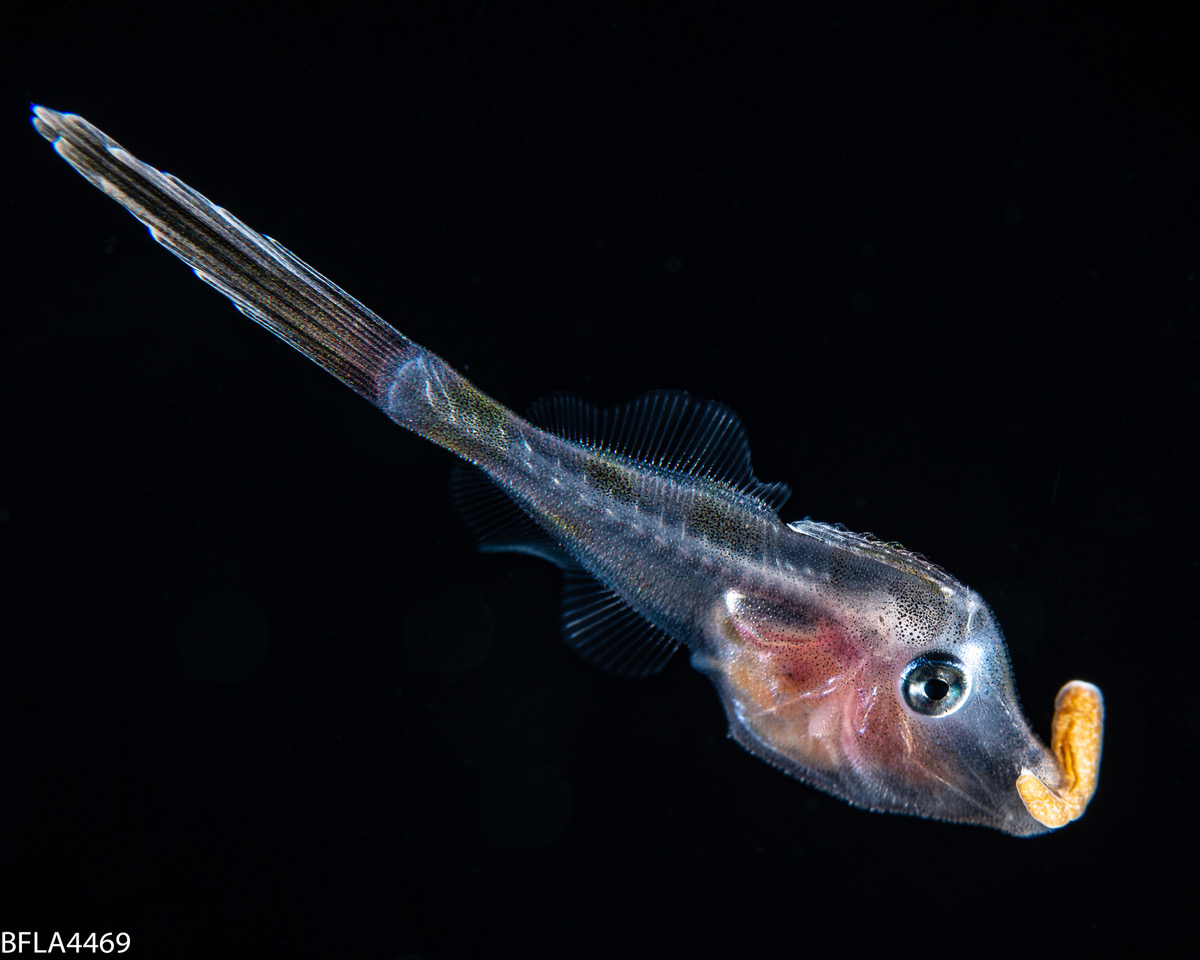
Blackwater photography reveals new fish-anemone interactions
This is a juvenile orange filefish (Aluterus schopfii) swimming while holding a Palythoa polyp larva in its mouth. The fish was about 0.8 inches (20 mm) long. Co-author Rich Collins took this photo in waters off Palm Beach, Florida. It’s one of… Continue Reading
-

Can we hear the ‘beats’ of gravitational waves in pulsars?
Researchers from Hirosaki University have discovered that signals from pulsars suggest that ultra-low-frequency gravitational waves are rippling through the cosmos.
The signal seen by international pulsar timing array collaborations in 2023 could…
Continue Reading
-
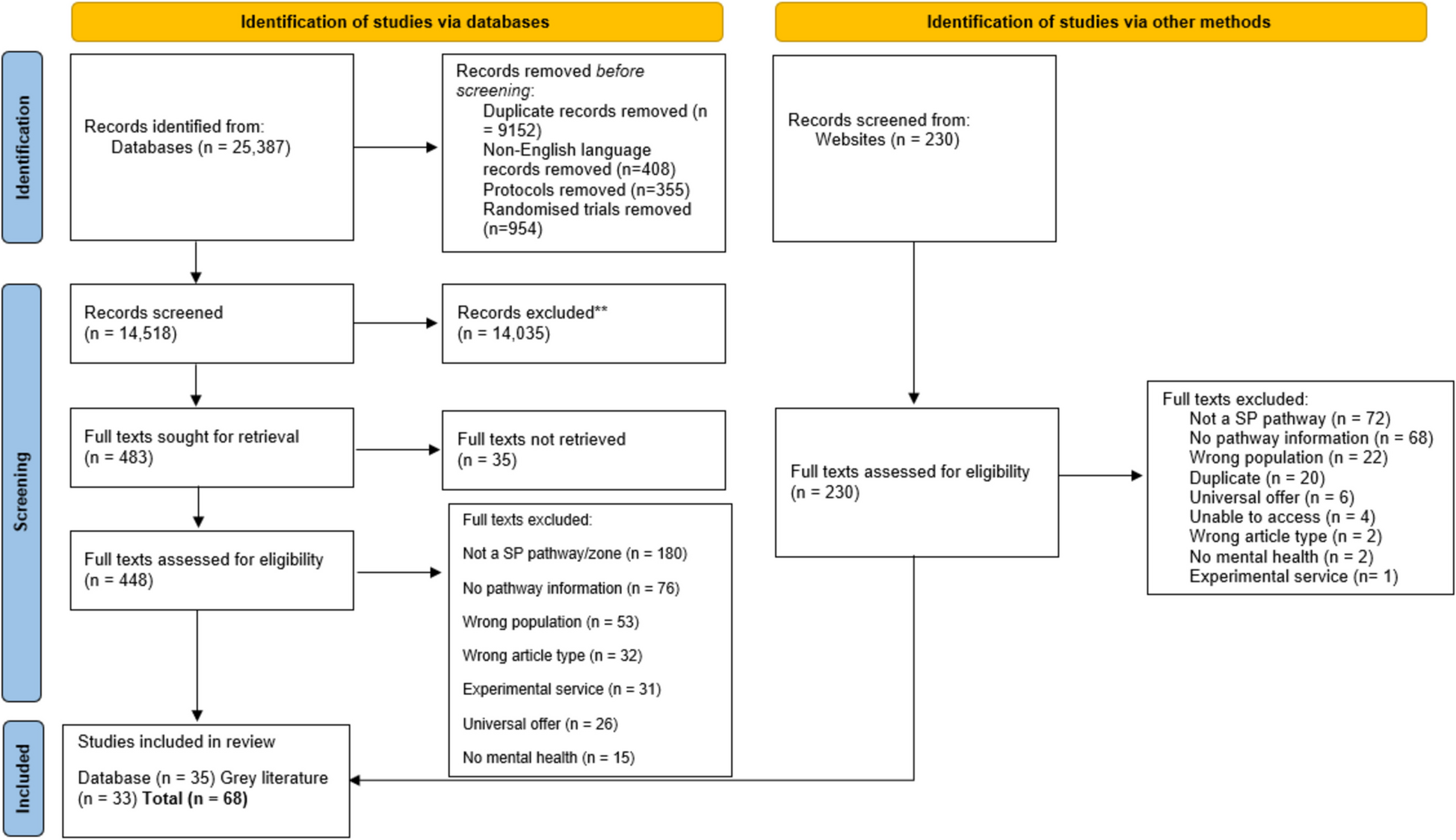
The use of social prescribing and community-based wellbeing activities as a potential prevention and early intervention pathway to improve adolescent emotional and social development: a systematic mapping review | BMC Public Health
We identified 14,518 unique hits through electronic database searches, and an additional 230 through grey literature searches. Following exclusions at title/abstract and full text stage, a total of 35 articles from the database searches and 33…
Continue Reading
